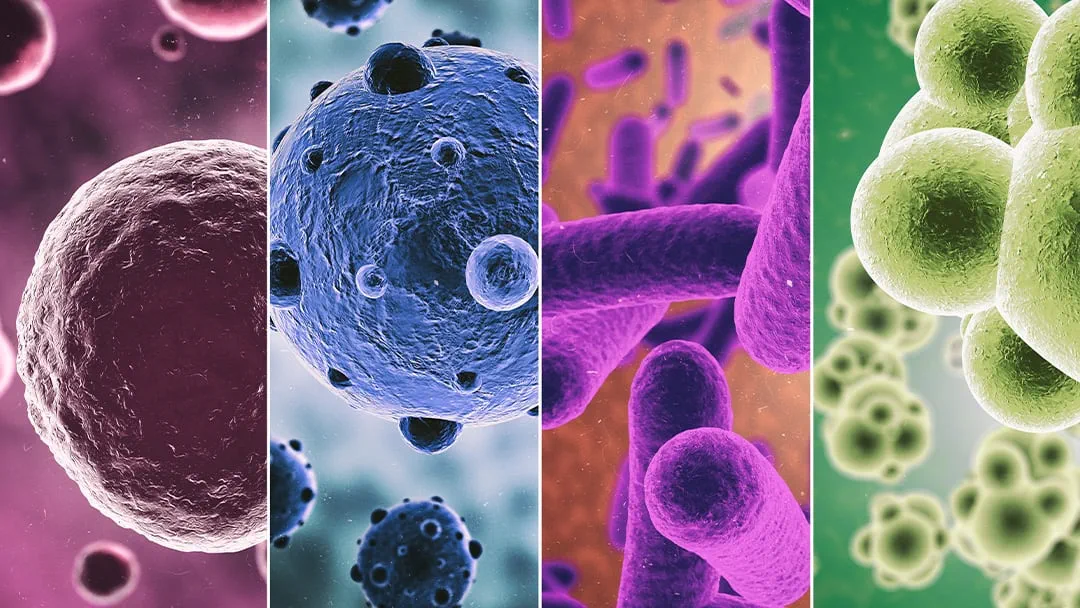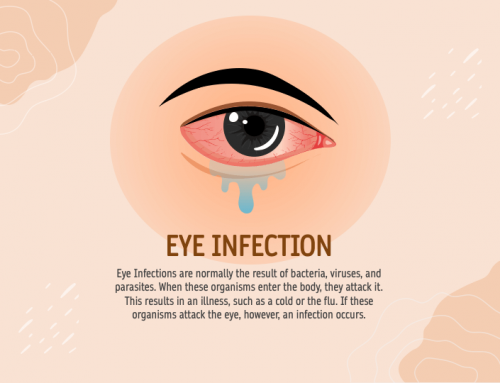What is Viral Diseases ?
Viral diseases are illnesses caused by viruses, which are tiny infectious agents that can only replicate inside the living cells of a host organism. Genetic material (either DNA or RNA) and a protein coat called a capsid make up viruses. They lack the cellular machinery necessary for independent metabolism and reproduction, so they rely on infecting a host cell and hijacking its machinery to replicate and produce new virus particles.
Viral diseases can affect various types of organisms, including humans, animals, plants, and even bacteria. They can range in severity from mild, self-limiting illnesses to severe and life-threatening conditions. Some common examples of viral diseases in humans include:
Influenza (Flu): Caused by influenza viruses, the flu can lead to symptoms such as fever, cough, sore throat, body aches, and fatigue. It can vary in severity and may lead to complications, especially in vulnerable populations.
COVID-19: The disease caused by the novel coronavirus SARS-CoV-2, COVID-19 emerged in late 2019 and led to a global pandemic. It primarily affects the respiratory system and can cause a range of symptoms from mild respiratory issues to severe pneumonia and organ failure.
HIV/AIDS: Human Immunodeficiency Virus (HIV) attacks the immune system, leading to a weakened ability to fight off infections and diseases. Acquired Immunodeficiency Syndrome (AIDS) is the advanced stage of HIV infection, characterized by severe immune suppression.
Common Cold: Several viruses, such as rhinoviruses and coronaviruses, can cause the common cold. Runny or stuffy nose, sneezing, coughing, and sore throat are among symptoms.
Hepatitis: Various hepatitis viruses (A, B, C, D, and E) can cause inflammation of the liver, which can lead to jaundice, fatigue, abdominal pain, and other symptoms.
Measles: Measles is a highly contagious viral disease that causes fever, cough, runny nose, and a characteristic rash.Serious difficulties can result from it, particularly in young children.
Chickenpox and Shingles: Chickenpox, caused by the varicella-zoster virus, leads to an itchy rash and flu-like symptoms. Shingles, caused by the reactivation of the same virus, results in a painful rash along nerve pathways.
Dengue Fever: Transmitted by mosquitoes, dengue virus causes high fever, severe joint and muscle pain, and in severe cases, dengue hemorrhagic fever or dengue shock syndrome.
Symptoms of Viral Diseases
These are just a few examples, and there are many more viral diseases affecting humans and other organisms. Vaccines, antiviral medications, and supportive care are often used to prevent or treat viral infections. Preventive measures such as good hygiene, vaccination, and avoiding close contact with infected individuals can help reduce the spread of viral diseases.
Here is a concise list of common symptoms associated with viral diseases:
- Fever
- Fatigue
- Cough
- Respiratory Symptoms (e.g., shortness of breath)
- Muscle and Joint Pain
- Headache
- Nausea and Vomiting
- Diarrhea
- Skin Rash
- Swelling and Inflammation
- Neurological Symptoms (e.g., confusion, seizures)
- Sensitivity to Light
- Loss of Appetite
- Abdominal Pain
- Sore ThroatPlease note that this is not an exhaustive list, and symptoms can vary depending on the specific virus and individual factors. If you or someone you know is experiencing these symptoms, seeking medical advice is important for proper diagnosis and care.
Treatment of Viral Diseases
The treatment of viral diseases can vary depending on the specific virus, the severity of the illness, and the overall health of the individual. It’s important to note that most viral infections are self-limiting and resolve on their own with time, as the body’s immune system fights off the infection. However, medical intervention may be necessary in some cases. Here are some general approaches to treating viral diseases:
- Supportive Care: This involves managing the symptoms to make the patient more comfortable. It may include rest, staying hydrated, using over-the-counter medications to reduce fever and alleviate pain, and getting plenty of rest.
- Antiviral Medications: In some cases, antiviral drugs may be prescribed to directly target and inhibit the virus’s ability to replicate. Examples include oseltamivir for influenza and certain drugs for herpes infections.
- Vaccination: Vaccines are a preventive measure against many viral diseases. They stimulate the immune system to produce protective antibodies, preventing infection or reducing the severity of the disease if infection occurs.
- Immune Globulin Therapy: This involves giving the patient antibodies from individuals who have recovered from a specific viral infection. It can provide temporary immunity and help the patient’s immune system fight the virus.
- Hospitalization: Severe cases of some viral diseases, such as COVID-19, may require hospitalization for oxygen therapy, intravenous fluids, and other supportive measures.
- Hygiene and Isolation: For contagious viral diseases, isolation and good hygiene practices are important to prevent the spread of the virus to others.
- Preventive Measures: Avoiding exposure to the virus by practicing good hygiene, getting vaccinated, and taking precautions (such as wearing masks during a pandemic) can help prevent viral infections.
- Research and Experimental Therapies: In some cases, experimental antiviral drugs or therapies may be considered, especially in outbreaks or emerging diseases. These are typically used under strict medical supervision and research protocols.
It’s important to consult a healthcare professional for proper diagnosis and guidance if you suspect you have a viral infection. Remember that antibiotics are not effective against viral infections, as they only target bacteria. Viral infections are generally managed by addressing the symptoms and supporting the body’s natural immune response.



Leave A Comment